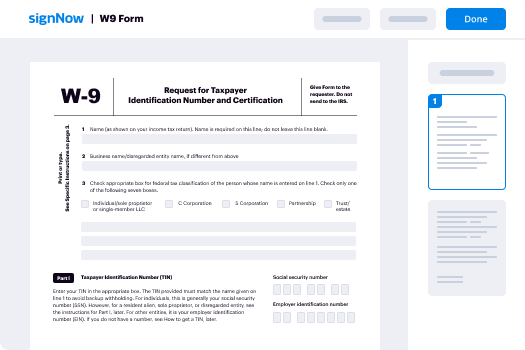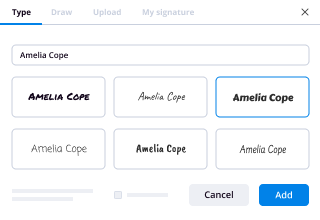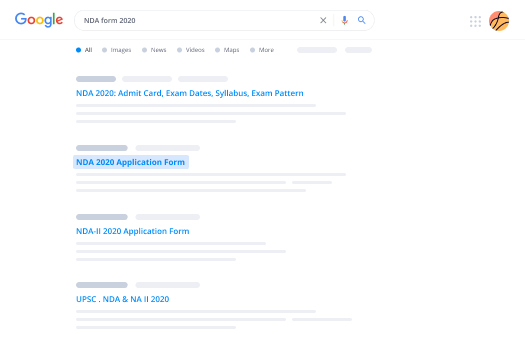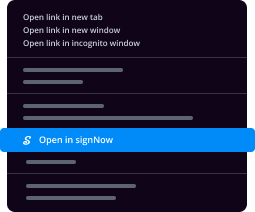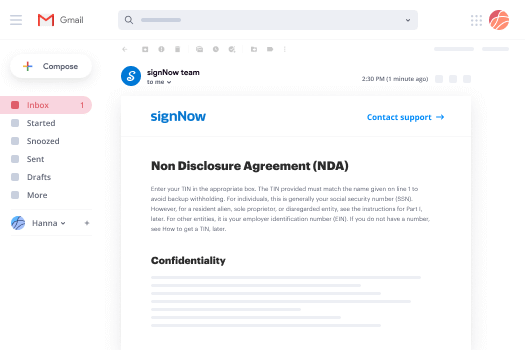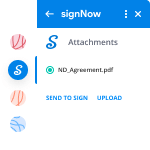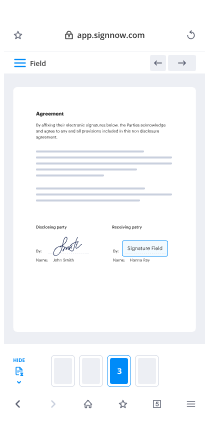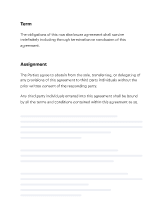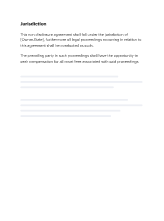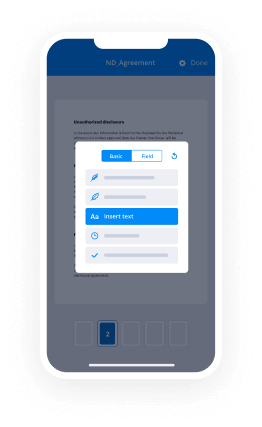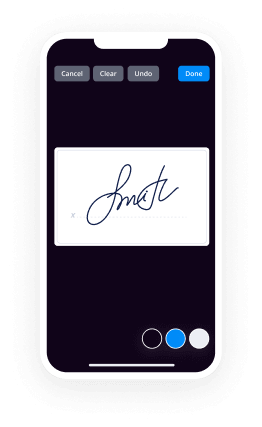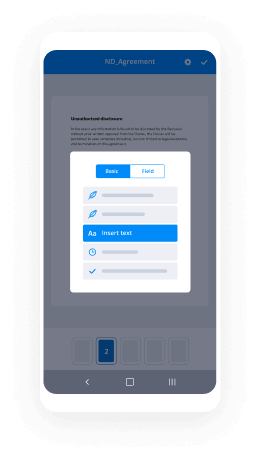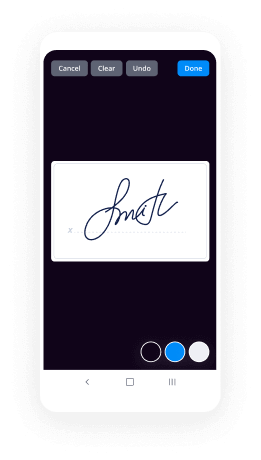1.4.1 Age Discrimination In Employment Act
29 USC §§ 621-634
In this case the Plaintiff claims that the Defendant discriminated against
the Plaintiff by [describe adverse employment action] because of the
Plaintiff's age. The Defendant denies that [describe the disputed act and
Defendant's defenses, if any]. Under federal law, it is unlawful for an
employer to discharge or lay off or otherwise discriminate against any
employee because of that employee's age, when the employee is at
least 40 years of age. In order to prevail on this claim, the Plaintiff must
prove each of the following facts by a preponderance of the evidence:
First: That the Plaintiff was within the protected age group, that is, being
at least 40 years of age;
Second: That the Plaintiff was employed by the Defendant and was
subsequently [describe adverse employment action] by the Defendant;
and
Third: That the Plaintiff's age was a substantial or motivating factor that
prompted the Defendant to take that action. [In the verdict form that I will
explain in a moment, you will be asked to answer a series of questions
concerning each of these factual issues.] You should be mindful that the
law applicable to this case requires only that an employer not
discriminate against an employee because of the employee's age. So
far as you are concerned in this case, an employer may discharge,
refuse to promote or otherwise adversely affect an employee for any
other reason, good or bad, fair or unfair, and you must not second
guess that decision or permit any sympathy for the employee to lead
you to substitute your own judgment for that of the Defendant even
though you personally may not approve of the action taken and would
have acted differently under the circumstances. Neither does the law
require an employer to extend any special or favored treatment to
employees in the protected age group. On the other hand, it is not
necessary for the Plaintiff to prove that age was the sole or exclusive
reason for the Defendant's decision. It is sufficient if the Plaintiff proves
that age was a determining consideration that made a difference in the
Defendant’s decision. [If you find that the Plaintiff has established this
claim, you will then consider the Defendant's defenses, as to which the
Defendant bears the burden of proof by a preponderance of the
evidence. The Defendant claims [that age is a part of a bona fide
occupational qualification] [that the treatment of the Plaintiff was in
accordance with the terms of a bona fide seniority system].] [It is not
unlawful for an employer to [describe the adverse action] any employee
when such action is based upon [a bona fide occupational qualification]
[the terms of a bona fide seniority system].]
[To establish a "bona fide occupational qualification," an employer has
the burden of demonstrating reasonable cause to believe that all or
substantially all of a class of applicants would be unable to perform a
job safely and efficiently, and that the bona fide occupational
qualification is "reasonably necessary to the essence" of the business
operation.]
[In order to qualify as a bona fide seniority system, the system must use
the length of service as a primary criterion for the equitable allocation of
available employment opportunities and prerogatives among younger
and older workers.] To summarize, it is the burden of the Plaintiff to
prove to your satisfaction by a preponderance of the evidence that the
Defendant discriminated against the Plaintiff because of the Plaintiff's
age. [However, should the Defendant seek to justify its adverse action
toward the Plaintiff on the basis of a bona fide [occupational
qualification] [seniority system] then it is the burden of the Defendant
to prove to your satisfaction by a preponderance of the evidence that
the Defendant did in fact take that action on the basis of a bona fide
[occupational qualification] [seniority system]. If you are so convinced
by a preponderance of the evidence, then you will find for the
Defendant.]
If you find that the Plaintiff has proved [his] [her] claim [and that the
Defendant has not proved its affirmative defense], you must then
determine the amount of damages the Plaintiff has sustained. In
considering the issue of the Plaintiff's damages, you are instructed that
you should assess the amount you find to be justified by a
preponderance of the evidence as full, just and reasonable
compensation for all of the Plaintiff's damages, no more and no less.
Compensatory damages are not allowed as a punishment and must not
be imposed or increased to penalize the Defendant. Also, compensatory
damages must not be based on speculation or guesswork because it is
only actual damages that are recoverable. You should consider the
following elements of damage, to the extent you find them proved by a
preponderance of the evidence, and no others:
(a) Net lost wages and benefits to the date of trial;
(b) Net lost wages and benefits in the future [reduced to present value].
[You are instructed that any person who claims damages as a result of
an alleged wrongful act on the part of another has a duty under the law
to "mitigate" those damages - - that is, to take advantage of any
reasonable opportunity that may have existed under the circumstances
to reduce or minimize the loss or damage. So, if you should find from a
preponderance of the evidence that the Plaintiff failed to seek out or
take advantage of a business or employment opportunity that was
reasonably available under all the circumstances shown by the
evidence, then you should reduce the amount of the Plaintiff's damages
by the amount that could have been reasonably realized if the Plaintiff
had taken advantage of such opportunity.]
If you find that the Defendant willfully violated the law, as claimed by the
Plaintiff, then the Plaintiff is entitled to double damages. This means that
the Court would award the damages you have calculated plus an equal
amount as liquidated damages. If the employer knew that its adverse
employment action was a violation of the law, or acted in reckless
disregard of that fact, then its conduct was willful. If the employer did not
know, or knew only that the law was potentially applicable, and did not
act in reckless disregard as to whether its conduct was prohibited by the
law, even if it acted negligently, then its conduct was not willful.
1.4.1 Age Discrimination In Employment Act
29 USC §§ 621-634
SPECIAL INTERROGATORIES TO THE JURY
Do you find from a preponderance of the evidence:
1. That the Plaintiff was employed by the Defendant and was
subsequently [describe adverse employment action] by the Defendant?
Answer Yes or No
2. That the Plaintiff’s age was a substantial or motivating factor that
prompted the Defendant to take that action? Answer Yes or No
[Note: If you answered No to either Question No. 1 or Question No. 2
you need not answer the remaining questions.]
3. That the Plaintiff should be awarded the following damages to
compensate for a net loss of wages and benefits to the date of trial?
Answer Yes or No If your answer is Yes, in what amount? $
4. That the Plaintiff should be awarded damages to compensate for a
net loss of wages and benefits in the future [reduced to present value]?
Answer Yes or No If your answer is Yes, in what amount? $
5. That the Defendant “willfully” violated the law (as that term is defined
in the Court’s instructions)? Answer Yes or No
SO SAY WE ALL.
Foreperson
DATED:
ANNOTATIONS AND COMMENTS
The enforcement section of the ADEA, 29 U.S.C. § 626, incorporates the
enforcement and damages provisions of the Fair Labor Standards Act, 29 U.S.C.
§ 201 et seq. Section § 216(b) of the Fair Labor Standards Act provides that:
[a]ny employer who violates the provisions of section 215(a)(3) of this title shall
be liable for such legal or equitable relief as may be appropriate to effectuate the
purposes of section 215(a)(3) of this title, including without limitation
employment, reinstatement, promotion, and the payment of wages lost and an
additional equal amount as liquidated damages. Section 216(b) further provides
that the “court in such action shall, in addition to any judgment awarded to the
plaintiff or plaintiffs, allow a reasonable attorney’s fee to be paid by the
defendant, and costs of the action.” Section 216(b)’s liquidated damages
provision is limited by § 626(b)’s provision that liquidated damages shall only be
awarded in cases involving willful violations. In addition, §217 provides that the
court may issue an injunction to enjoin violations of the ADEA and the FLSA.
Lorilard v. Pons, 434 U.S. 575, 98 S.Ct. 866, 55 L.Ed.2d 40 (1978) held that jury
trial is available under the ADEA. Damages for pain and suffering are not
recoverable under the ADEA. Dean v. American Security Ins. Co., 559 F.2d 1036
(5th Cir. 1977), cert. denied, 434 U.S. 1066, 98 S.Ct. 1243, 55 L.Ed.2d 767
(1978). Although the text of the ADEA makes available such legal and equitable
relief as “may be appropriate”, the explicit incorporation into the ADEA of the
remedial provisions of the Fair Labor Standards Act limits the damages which
may be awarded to the actual monetary losses arising from the employment
action. Goldstein v. Manhattan Industries, Inc., 758 F.2d 1435 (11th Cir.), cert.
denied, 474 U.S. 1005, 106 S.Ct. 525, 88 L.Ed.2d 457 (1985); Maleszewski v.
United States, 827 F.Supp. 1553 (N.D. Fla. 1993). Thus, recovery is limited to
lost wages and benefits, and compensatory damages for pain and suffering,
emotional distress, etc. are not recoverable. Goldstein, 758 F.2d at 1446 (citing
Dean, 559 F.2d at 1038 (no damages for pain and suffering)); Guthrie v. J. C.
Penney Co., 803 F.2d 202, 208 (5th Cir. 1986) (same); Haskell v. Karman Corp.,
743 F.2d 113, 120-21 (2d Cir. 1984) (no damages for emotional distress). See
also Mitchell v. Sisters of Charity of Incarnate Word, 924 F.Supp. 793, 802 (S.D.
Tex. 1996) (holding that amounts owing include unpaid wages and benefits but
do not include damages for pain and suffering). Additionally, punitive damages
are not recoverable under the ADEA. Goldstein, 758 F.2d at 1446; Dean, 559
F.2d at 1038-40. See also, Brunnemann v. Terra Intern., Inc., 975 F.2d 175 (5th
Cir. 1992) (The text of the statute itself, though it permits the recovery of
liquidated damages in cases of “willful violation”, does not provide for the
recovery of punitive damages); Bruno v. Western Elec. Co., 829 F.2d 957 (10th
Cir. 1987) (noting that all circuits which have ruled on this issue, have rejected
punitive damages as a possible remedy under the ADEA). Courts have noted
that the inclusion of the liquidated damages provision itself suggests that
Congress foreclosed the possibility of punitive damages. See Bruno, 829 F.2d at
966; Dean, 559 F.2d at 1039. Jameson v. Arrow Co., 75 F.3d 1528 (11th Cir.
1996) (holding that in a reduction-in-force (RIF) case, a plaintiff must show that
his or her employer intended to discriminate on the basis of age, in addition to
demonstrating the other pertinent elements of an ADEA claim.) Corbin v.
Southland Int’l. Trucks, 25 F.3d 1545 (11th Cir. 1994). Held, a terminated
employee need not show that his or her replacement was under 40 (and,
therefore, outside the ADEA’s protected class), but rather only that such
replacement was younger and that the difference in their ages, along with other
any other relevant evidence, is sufficient for a finder of fact to infer age
discrimination therefrom. Similar to the Fair Labor Standards Act, the ADEA does
not provide a cause of action for discrimination against an independent
contractor. Daughtrey v. Honeywell, Inc., 3 F.3d 1488, 1495 n.13 (11th Cir.
1993). The Eleventh Circuit has held that whether an ADEA plaintiff was, in fact,
an “employee” of a defendant is a question of material fact to be determined by
the jury. Id.; Garcia v. Copenhaver, Bell & Associates, M.D.’s, 104 F.3d 1256
(11th Cir. 1997) (holding that whether a defendant is an “employer” for
purposes of the ADEA is a necessary element of a claim brought pursuant to that
act and a question for the jury to decide). See also, Fountain v. Metcalf, Zima &
Co., PA., 925 F.2d 1398 (11th Cir. 1991) (holding partner in an accounting firm
was not an “employee” for purposes of bringing a claim under the ADEA). In an
ADEA claim, the employee bears the ultimate burden of proving that age was a
determining or substantial motivating factor in the employer’s decision to
terminate the employee’s employment. Walker v. NationsBank of Florida, N.A.,
53 F.3d 1548 (11 th
Cir. 1995); Walls v. Button Gwinnett Bancorp, Inc., 1 F.3d
1198 (11th Cir. 1993); Young v. General Foods Corp., 840 F.2d 825 (11th
Cir.1988), cert. denied, 488 U.S. 1004, 109 S.Ct. 782, 102 L.Ed.2d 774 (1989)
Isenbergh v. Knight-Ridder Newspaper Sales, Inc., 84 F.3d 1380 (11th Cir.
1996), superseded by Isenbergh, 97 F.3d 436 (11th Cir. 1996), cert. denied, ___
U.S. ___, 117 S.Ct. 2511, 138 L.Ed.2d 1014 (1997). Holding that a jury may not
base its age discrimination determination on its sympathy for a particular plaintiff.
The Eleventh Circuit set forth the standard for determining whether an
employer’s violation of the ADEA was “willful,” thereby allowing the recovery of
liquidated damages in Formby v. Farmers and Merchants Bank, 904 F.2d 627,
631-32 (11th Cir. 1990). Citing the Supreme Court’s decision in Trans World
Airlines v. Thurston, 469 U.S. 111, 125-126 n.19, 105 S.Ct. 613, 624-25 n.19, 83
L.Ed.2d 523 (1985), the Eleventh Circuit held that liquidated damages cannot be
imposed merely because an employer knew that the ADEA was potentially
applicable or because the employer acted negligently in determining whether its
conduct comported with the requirements of the ADEA. However, the plaintiff
need not show evil motive, bad purpose, or intent to violate the ADEA in order to
trigger liquidated damages. Rather, to prove entitlement to liquidated damages a
plaintiff must establish that the employer knew its conduct was prohibited or
showed reckless disregard for whether its conduct was prohibited by the Act. See
also, Day v. Liberty Nat.Life Ins.Co., 122 F.3d 1012 (11th Cir. 1997), cert. denied,
___ U.S. ___, 118 S.Ct. 1797, 140 L.Ed.2d 938 (1998); Verbraeken v.
Westinghouse Electric Corp., 881 F.2d 1041, 1048 (11th Cir.1989), cert.
dismissed, 493 U.S. 1064, 110 S.Ct. 884, 107 L.Ed.2d 1012 (1990); Stanfield v.
Answering Service, Inc., 867 F.2d 1290, 1296 (11th Cir. 1989); Castle v.
Sangamo Weston, Inc., 837 F.2d 1550, 1561 (11th Cir.1988); Spanier v.
Morrison's Management Services, 822 F.2d 975, 978 (11th Cir.1987); Lindsey v.
American Cast Iron Pipe Co., 810 F.2d 1094, 1099-1101 (11th Cir. 1987).
Whether or not a willful violation has occurred is a question for the jury. Day, 122
F.3d at 1016; Castle v. Sangamo Weston, Inc., 837 F.2d 1550,1561(11th
Cir.1988). With regard to reduction to present value of damages to be awarded
for future losses, see Supplemental Damages Instruction No. 5.1, infra, and the
Annotations and Comments that follow it, for commentary on when that
instruction should be given.


